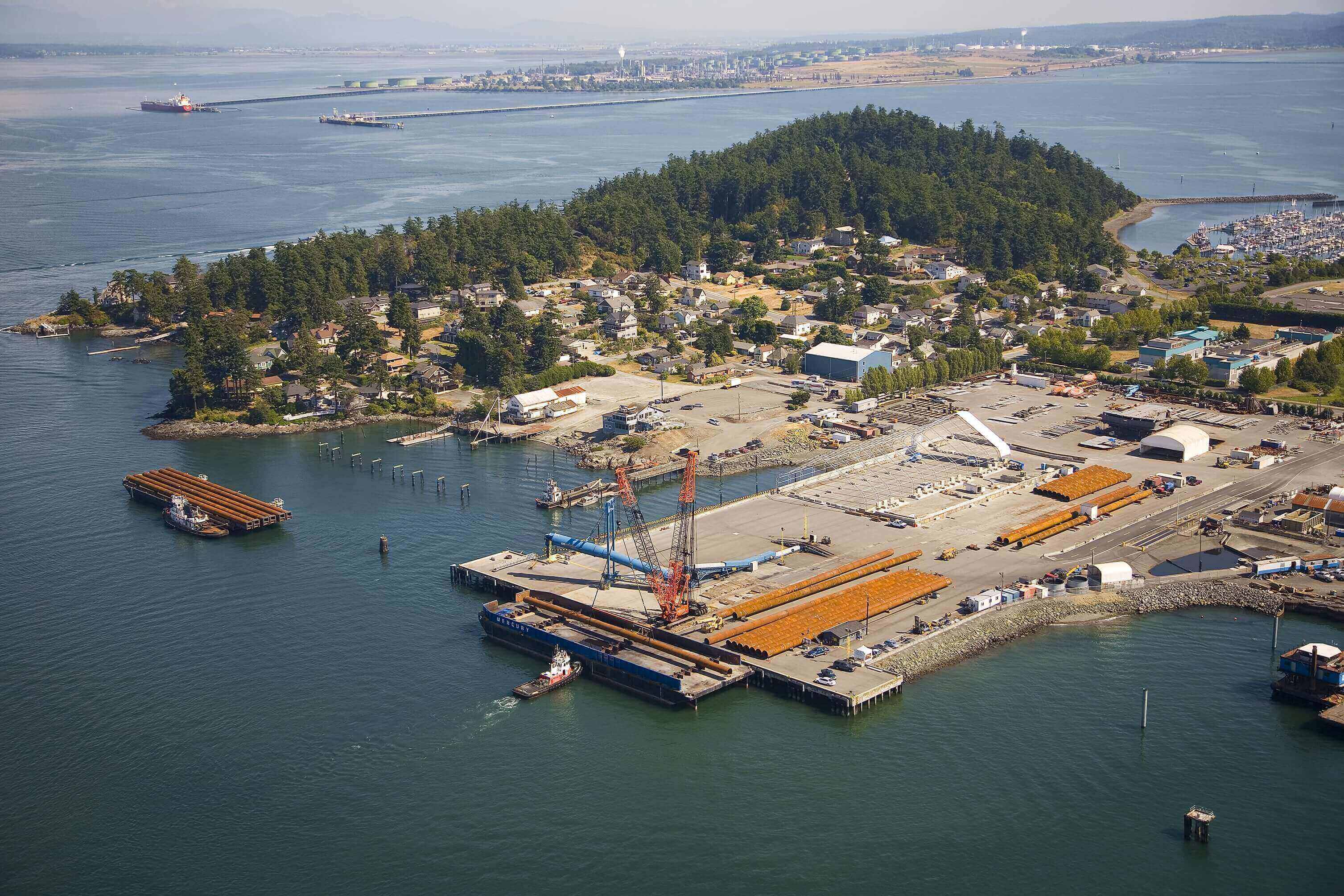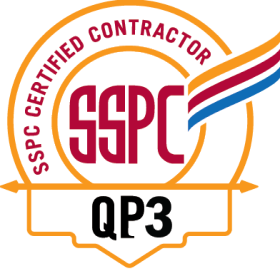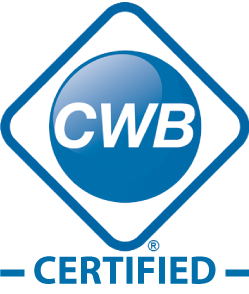API 5L is a robust seamless and welded steel pipe specified by the American Petroleum Institute and designed for use in pipeline transportation systems. This steel pipe is optimized for transporting petroleum and natural gas and is subjected to rigorous hydrostatic, NDE, and destructive testing to ensure it can withstand internal pressures.
Despite these specifications, it’s common for API 5L to be used for casing, pipe piling, and other structural applications.
But considering that API 5L isn’t designed to be used as casing, is it really the best pipe for the job?
The answer is almost always no.

API 5L and the Difference Between Transportation and Structural Pipe
The American Petroleum Institute designed 5L pipe to be a transportation vehicle. They took into consideration all the requirements of their industry and designed the API 5L steel pipe to meet those requirements.
So what do those requirements look like and what is the difference between transportation pipe and structural pipe?
Internal vs. External Stress
The biggest difference between transportation pipe (API 5L) and structural pipe (like casing) is that the primary stresses are different.
With pressure vessels and transportation pipeline (which are just another kind of pressure vessel), the primary stress is internal. The liquid load that the pipe is transporting is putting internal stress on the longitudinal seams and body of the pipe.
Consequently, the longitudinal seams of transportation pipe are optimized and subjected to more severe testing than the longitudinal seams of structural pipe.
Casing, on the other hand, is a structural pipe application, so it is designed to withstand external stress. Since the stress is external, the primary stresses are being exerted against the circumferential seams.
For example, think of the conditions that casing is used in. It needs to be optimized for the compression, sideways tension, and vertical thrusting tension caused by forces like wind, sea pressure, and seismic activity.
All of these forces are putting external stress on the circumferential seams, which, again, is not the kind of stress that API 5L is optimized for.
Quality Control Requirements That Make API 5L Pipe an Expensive Choice for Casing
In one sense, pipe is pipe, so yes, API 5L can function as casing, but it’s not an optimal choice because:
- It’s not designed to be used as structural pipe.
- It comes with a number of quality control requirements that can drastically increase the cost of your project.
Since API 5L’s specification is for line pipe, it requires testing for internal pressure. This level of testing is not necessary for casing, as structural pipe only needs to be tested for external pressures — water, wind, sea pressures, earthquakes, etc.
The internal pressure quality control specified for API 5L includes hydrostatic testing, nondestructive, and destructive testing.
Hydrostatic Testing
A hydrostatic test is a way in which pressure retaining equipment can be safely tested for strength and leaks. Hydrostatic testing isn’t just about ensuring that the welds are secure, its main purpose is to test the material’s workmanship. It physically tests every square inch of the pipe to ensure that it can withstand internal pressures.
NDE
Radiographic Testing & Ultrasonic Testing – commonly known as RT and UT – is required on 100% of the welded seams, both longitudinal and circumferential. These tests ensure that 100% of the welds are free of defects.
Destructive Testing
Destructive testing is a group of analysis techniques used for evaluating the properties of the materials, components or welds where a sample of the product is tested to determine the point of failure. It requires the manufacturer to cut out a portion of the product and send it to a laboratory for analysis. Destructive testing is used to determine the material’s performance against internal pressures.
API 5L Casing Alternatives
Casing and pipe piling are products that will be filled or encased with concrete after installation, so it is not necessary to perform the hydrostatic leak test, and 100% NDE or destructive testing is usually considered an unnecessary expense considering the uses of the product in this application.
Just as you wouldn’t use water pipe for transporting oil (because it’s optimized for water-carrying by lining it with special coatings or concrete), so too you shouldn’t use oil pipe for casing.
When clients come to T BAILEY LLC requesting API 5L for a casing project, we recommend considering these two alternatives:
ASTM A252
American Society for Testing and Materials (ASTM) “A252, Standard Specification for Welded and Seamless Steel Pipe Piles” is sufficient for most casing projects.
This is a standard that T BAILEY LLC uses when no other specification is provided in the request for quote. Many Department of Transportation projects use this pipe specification.
ASTM A252 has 100% visual inspection requirements and dimension checks, and is the most cost-effective alternative to API 5L.
API 2B (Non-monogrammed)
“API 2B Specification for the Fabrication of Structural Steel Pipe” is similar to ASTM A252. However, API 2B has more quality control performed on the welded seams, including 100% Visual inspection, 100% RT or UT of the circumferential seams, and 10% RT or UT of the longitudinal seams. This makes API 2B a much better fit for casing and pipe piling projects.
In addition, there are supplemental requirements that can be added to ensure further engineered requirements are met.
Note: There are only a few manufacturers in the United States that provide monogrammed material. Keep in mind you can specify the pipe to meet the requirements of API 2B but not be monogrammed, which will substantially increase the number of qualified manufacturers who can provide materials for your project. If you are requesting pipe from a reputable fabricator, they will ensure you are getting the correct product to meet your project requirements.
Checklist: Is API 5L the Best Steel Pipe for Your Project?
If you’re still not sure if API 5L is the best pipe for your project, answering the following questions can help set you on the right track:
- Is the pipe for a structural application like casing or piling?
- Are you going to use it for pile caps?
- Will the pipe be filled with concrete or another solid material?
- Is hydrostatic testing unnecessary?
If you answered “yes” to any of these three questions, then you should skip API 5L and choose either API 2B or ASTM A252 for your project.
Get Your API 5L Questions Answered
Choosing the right steel pipe for your project is crucial and can drastically impact your budget. To ensure that you choose the ideal pipe for your casing or pipe piling project, contact T BAILEY LLC today.
Our industry-leading steel fabrication professionals will help you navigate the requirements of the job, offer suggestions, and provide you with quality and competitive steel casing and/or pipe piling for your next project.






